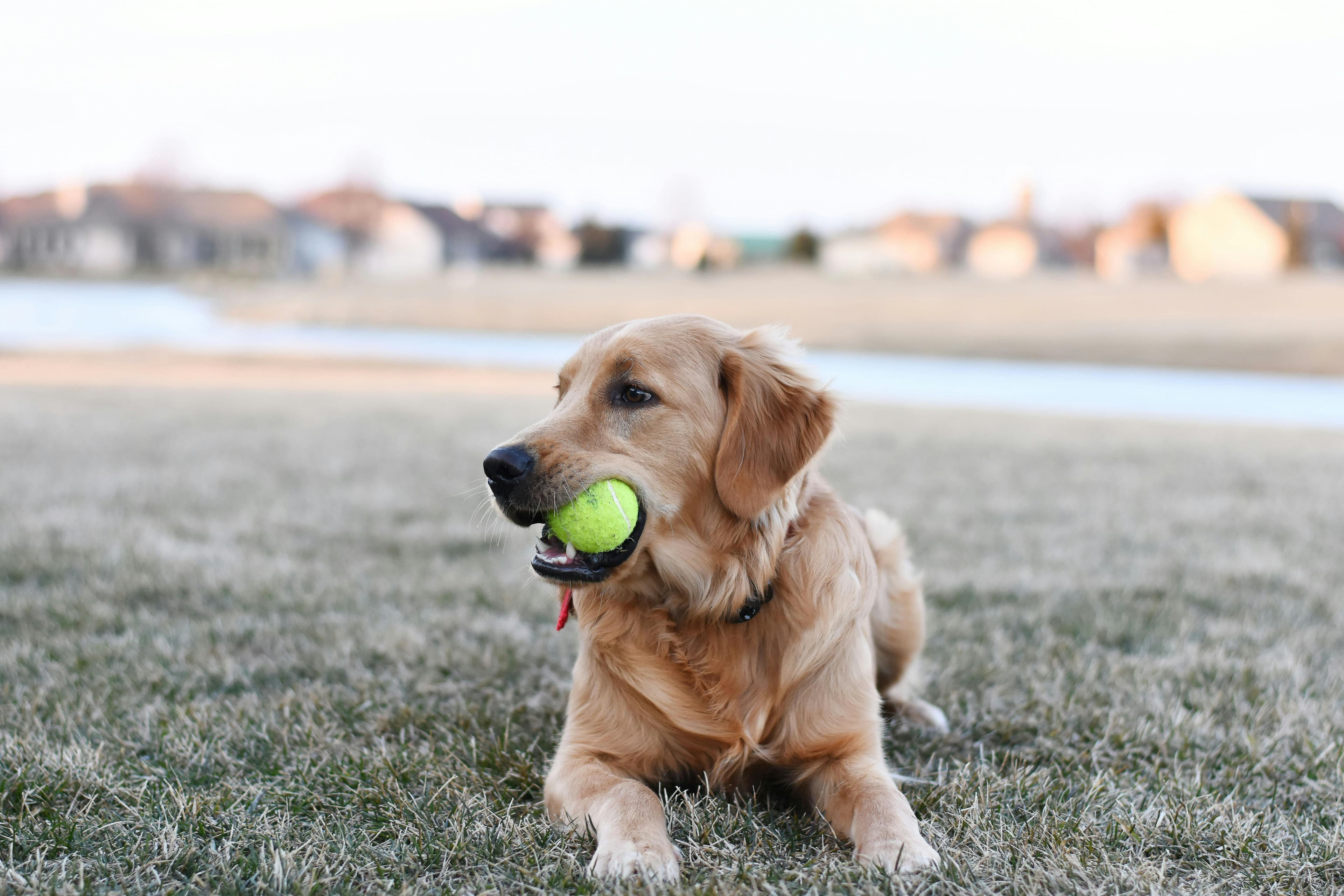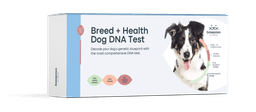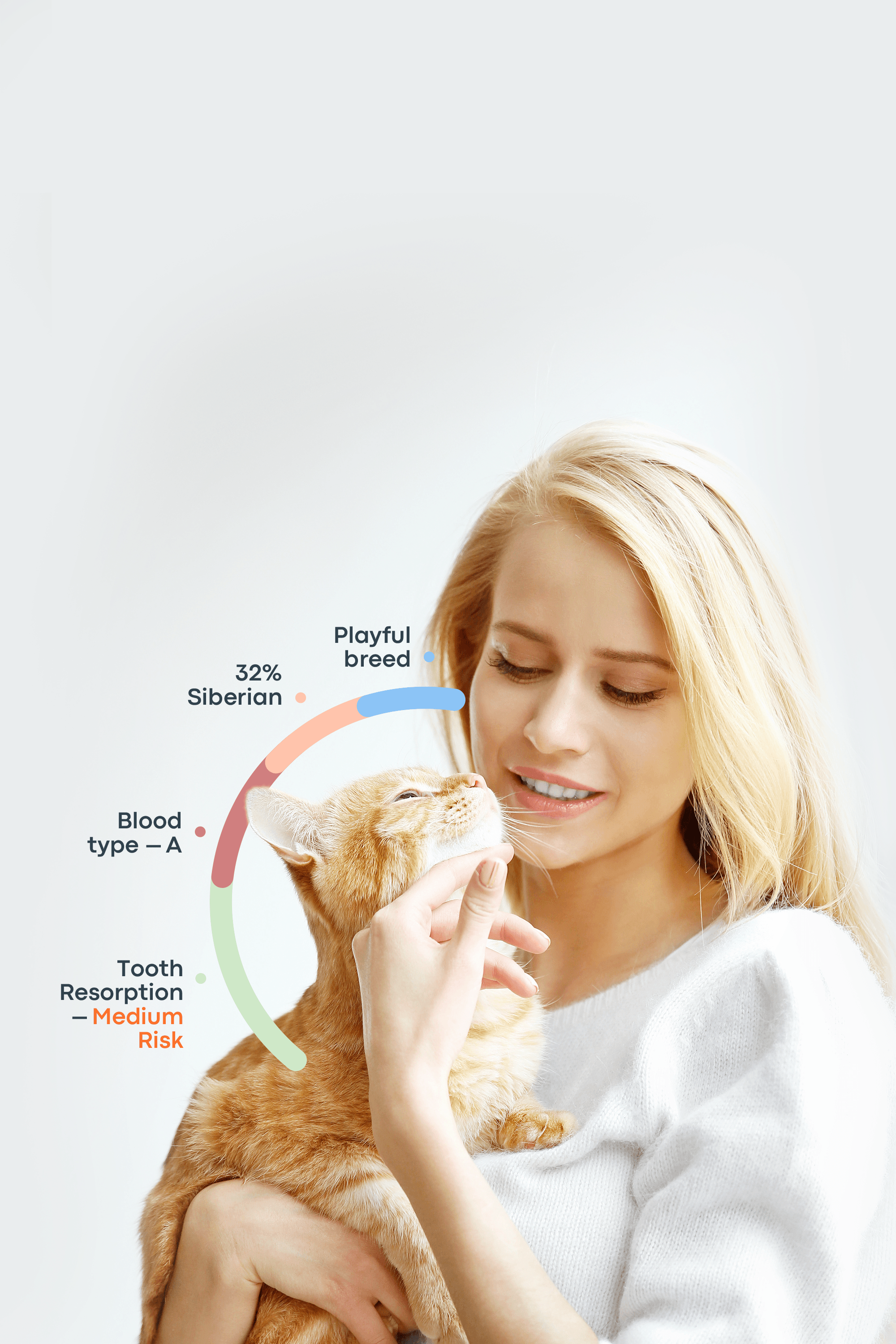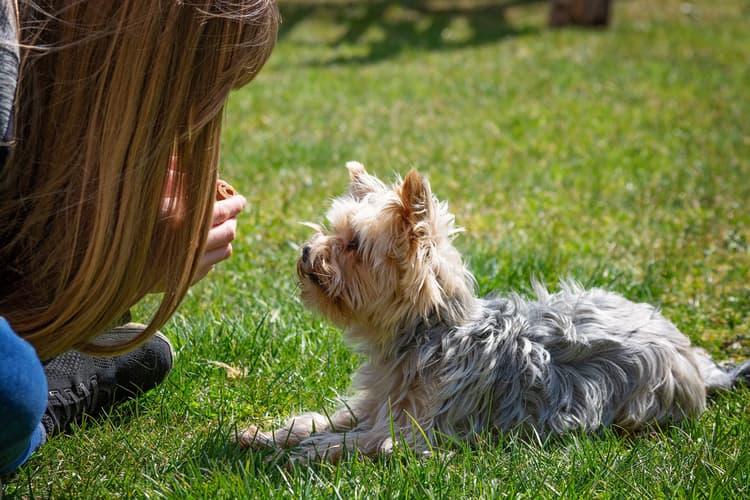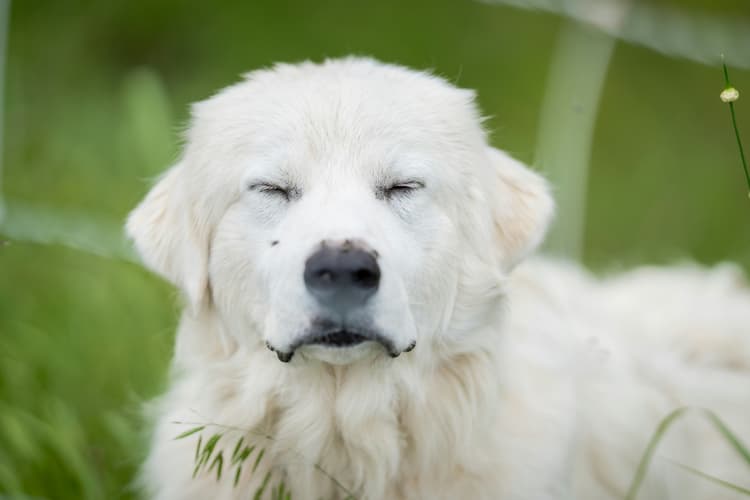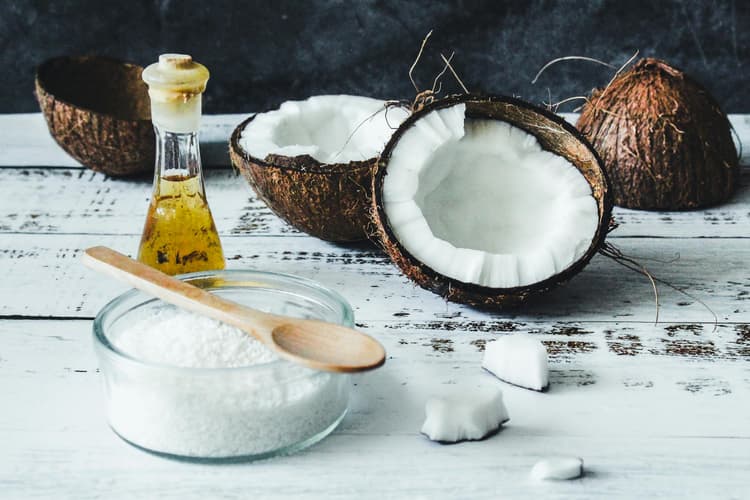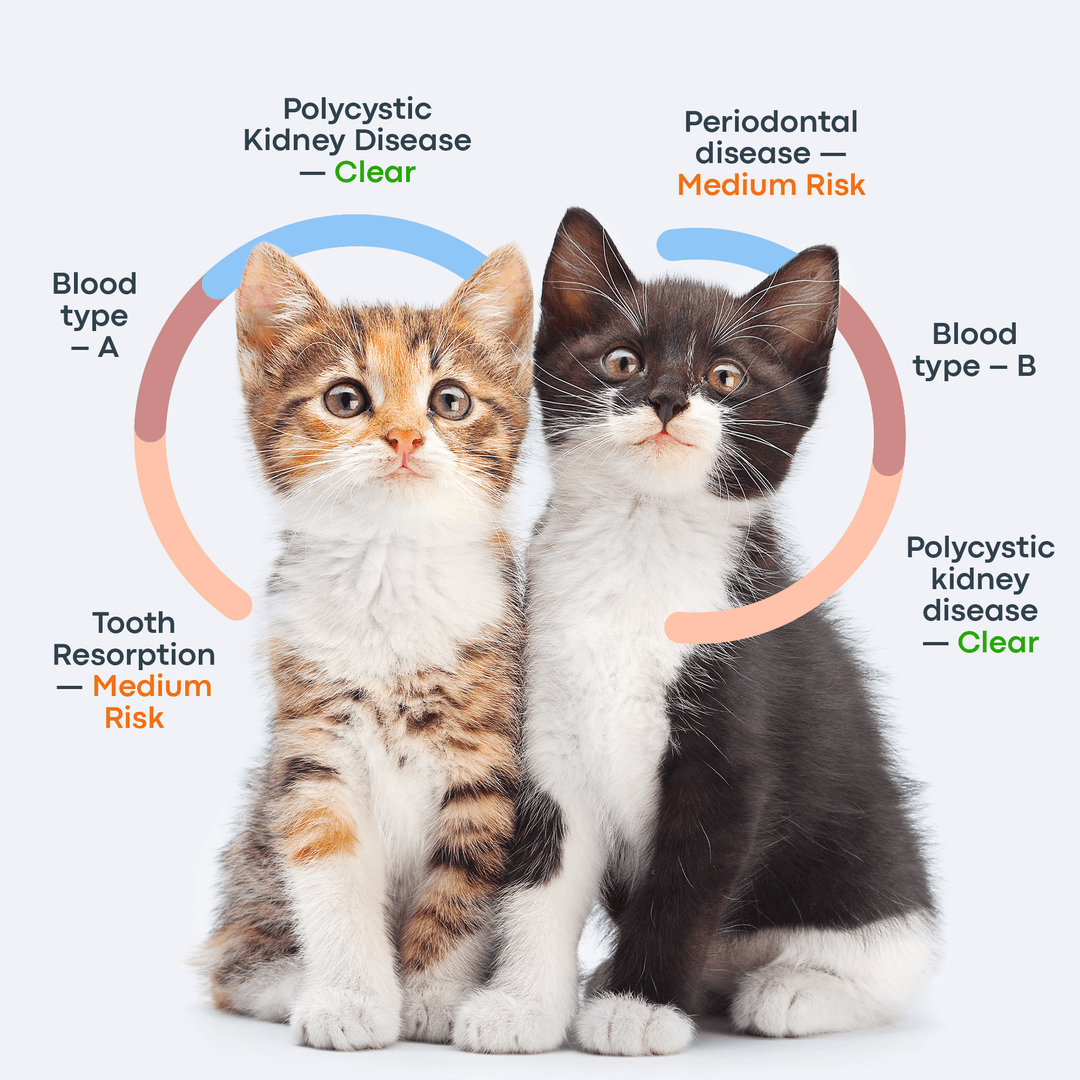Fleas are a common problem for dogs. Their warm bodies, thick coats, and time spent outdoors—especially in shaded, humid environments—make them an easy target for these parasites. Beyond being a nuisance, fleas can trigger intense , hair loss, skin infections, and even transmit other parasites such as tapeworms or diseases like Bartonella (often called “cat scratch fever”).
Many pet owners rely on chemical treatments such as spot-on solutions, oral medications, or flea collars for quick relief. While these products can be effective, they sometimes cause side effects, including skin irritation, gastrointestinal upset, or allergic reactions.
Because of these concerns, natural flea repellents for dogs are gaining popularity. They offer a gentler, eco-friendly, and often cost-effective way to protect pets. In this article, we’ll explore two complementary approaches: simple at-home remedies that focus on grooming and environmental control, and vet-approved prevention strategies that provide long-term protection without compromising your dog’s well-being.
How to Get Rid of Fleas on Dogs
Remedy | How It Helps | Pros | Cautions |
1. Bathing with mild soap or pet-safe shampoo | Washes away fleas and soothes skin | Simple, safe, and effective for mild cases | Doesn’t kill eggs; repeat regularly |
2. Flea comb | Physically removes fleas and flea dirt | Non-toxic, safe for daily use | Doesn’t prevent new fleas; time-consuming |
3. Lemon rinse | Natural citrus repellent | Fresh scent, easy to make | Avoid cuts/eyes; may dry skin with overuse |
4. Apple cider vinegar spray | May repel fleas by altering skin pH | Cheap, natural, can use on bedding | Can irritate skin; not safe if ingested |
5. Coconut oil | Moisturizes skin and repels fleas | Safe if licked; leaves shiny coat | Can make fur greasy; mild repellent only |
6. Neem oil (diluted) | Repels fleas and reduces itching | Natural anti-inflammatory | Use only pet-safe dilution; strong scent |
7. Diatomaceous earth (food-grade) | Dries out flea eggs and larvae | Works for home and yard use | Avoid inhalation; can irritate skin or eyes |
Bonus: Soap & water trap | Attracts and traps fleas indoors | Easy, non-toxic home aid | Doesn’t affect fleas on pets directly |
7 Home Remedies for Fleas on Dogs
If you’re wondering, “How to get rid of fleas on dogs naturally?” you’re not alone. While natural remedies usually won’t wipe out a heavy infestation, they can help repel fleas, soothe your dog’s skin, and support other prevention methods. Here are seven safe home remedies for fleas on dogs to consider:
1. Bathing with mild soap or pet-safe shampoos
Giving your dog a bath is one of the simplest ways to wash away fleas. Use an organic, mild soap or a pet-safe natural shampoo to clean the coat and skin. For an extra flea-repelling boost, you can add a few drops of a dog-safe essential oil (like lavender or cedarwood) to the shampoo. Always make sure the oil is diluted and approved for canine use, since many essential oils are toxic to pets.
2. Use a flea comb daily to physically remove fleas
In between baths, a flea comb can physically remove adult fleas and flea dirt (their droppings). According to PetMD, combing works in much the same way as bathing—it doesn’t kill fleas but helps catch and remove them before they multiply. Focus on the neck, belly, and base of the tail, where fleas often gather.

3. Lemon rinses or diluted apple cider vinegar spray
A lemon rinse is a traditional, natural repellent that can leave your dog smelling fresh. To make it, add a few lemon slices to about 2 cups of water, bring it to a boil, and let it steep overnight. Strain the mixture into a spray bottle and lightly mist your dog’s coat after a bath or apply it to fabrics like bedding.
Important: Do not use on broken or irritated skin, and avoid contact with eyes or mouth.
Apple cider vinegar is often suggested as a natural flea repellent for dogs, but it does not kill fleas. Instead, some pet owners find that its smell may repel them. However, experts at PetMD and Chewy warn that ACV can cause skin irritation, drooling, vomiting, or diarrhea if ingested.
If you’d like to try it, always prepare a heavily diluted solution and apply it sparingly with a spray or brush during grooming. Monitor your dog closely for any signs of discomfort. Safer alternatives, such as coconut oil or neem oil, may offer similar repellent benefits without the same risks.
Remedy | Pros | Cautions |
Lemon Rinses | - Affordable and easy to prepare at home - Pleasant citrus scent on fur- Natural acidity helps repel fleas - Can be used on fur or fabrics (spray form) | - May sting if applied to cuts or irritated skin - Overuse can dry out skin - Strong scent may bother some dogs |
Apple Cider Vinegar (ACV) Spray | - May help balance skin pH, making it less attractive to fleas - Simple and inexpensive to make at home - Can be used as a light spray on fur or bedding | - Can cause skin dryness or irritation if overused - Strong smell may be unpleasant to dogs - Not effective for moderate to severe infestations - Risk of stomach upset if ingested (vomiting, drooling, diarrhea) |
Natural Flea Killer Options
4. Coconut oil
Rubbing a small amount of coconut oil onto your dog’s coat can help repel fleas while leaving the fur shiny and soft. Coconut oil is generally safe if ingested, making it almost the best natural flea treatment for dogs. Its moisturizing properties also help improve skin health.
5. Neem oil
Neem oil is another popular natural option. You can dilute it with water to create a homemade flea spray for dogs, applying it to areas where fleas tend to gather. Neem oil can help reduce itching and repel fleas, but its bitter taste may be unappealing to some dogs. Always use a pet-safe dilution to avoid skin irritation.
6. Diatomaceous earth
Diatomaceous earth is a silica-based powder often used outdoors, such as in gardens, to control fleas. It works by drying out flea eggs, but it does not completely eliminate the flea life cycle. According to PetMD, DE can irritate the skin, eyes, and respiratory system of both humans and pets, so only food-grade DE should be used, and with caution. Avoid inhalation and keep it away from your dog’s eyes and nose.
7. Soap & water traps for indoors
A simple indoor natural flea repellent for dogs involves a dish soap and water trap. Fill a shallow bowl with warm water and add a few drops of dish soap. Place the bowl on the floor overnight. Fleas are attracted to the water and soap mixture, which traps and drowns them. While this won’t eliminate an infestation entirely, it can help reduce the number of fleas in your home.
Natural Flea and Tick Prevention for Dogs
Keeping your dog safe from fleas and ticks starts with consistent preventive care—both for your pet and your home. Regular grooming and maintaining a clean environment are the first lines of defense.
Everyday Preventive Steps

Grooming routines
Bathing your dog regularly with mild, pet-safe shampoo helps remove fleas and soothe itchy skin. Scrubbing gently and paying attention to areas like the neck, belly, and tail base can dislodge adult fleas and eggs. Incorporating grooming into your routine—brushing and flea combing—also helps detect infestations early.
Washing dog bedding, vacuuming carpets, and steam cleaning
The home environment plays a major role in flea control. Wash your dog’s bedding, blankets, and any removable fabrics in hot water with detergent regularly. Vacuum carpets, rugs, and furniture at least once a day during an infestation. Be sure to reach hidden or hard-to-access spots where fleas may hide.
After vacuuming, safely discard the vacuum bag or empty the canister outside, as it may contain live fleas or eggs. Steam cleaning carpets can further reduce fleas that survive vacuuming, although it may not fully eliminate an infestation.
Yard care: mowing, raking, sunlight exposure
Outdoor spaces are another common flea reservoir. Fleas thrive in shaded, damp areas and can easily hitch a ride into your home on your dog. Keep your lawn trimmed and remove debris where fleas may hide. Raking garden beds and exposed soil allows sunlight to penetrate, which dries out flea habitats and helps reduce their numbers outdoors.
Environmental Solutions
Nematodes in the yard (biological control)
Nematodes are tiny, worm-like organisms commonly used to control garden pests working as a natural flea killer—and they can help reduce flea populations outdoors. These beneficial nematodes are harmless to plants, humans, and pets.
Here’s how they work: nematodes enter the flea larvae or pupae and release bacteria that kill the host. This makes them an effective, natural method to reduce fleas in your yard without relying on chemicals.
Flea-repellent plants: lavender, lemongrass, spearmint
Certain plants naturally repel fleas, making them a simple addition to your outdoor flea control strategy. Lavender, lemongrass, and spearmint are particularly effective. Planting them around your yard, garden beds, or even near outdoor pet areas can help deter fleas while also adding a pleasant fragrance.
Sunshine and airflow indoors
Fleas are highly sensitive to light and dry conditions. Ensure that your home receives plenty of sunlight and good ventilation, especially in areas where your dog spends time. Sunlight and airflow help create an environment that is less hospitable to fleas, supporting your other prevention methods.
Ingredients and Remedies to Avoid
While many natural or over-the-counter treatments are marketed for flea and tick control, some can be dangerous or harmful to dogs. It’s important to know which remedies to avoid or use with extreme caution.
Garlic (toxic for pets)
is sometimes suggested as a natural flea remedy, but it is highly toxic to dogs and cats. Even small amounts can cause gastrointestinal upset, red blood cell damage, and potentially life-threatening anemia. Never feed garlic to your pets or place it where they might ingest it.
Overuse of apple cider vinegar on skin (can cause dryness)
While diluted ACV may occasionally be used as a light flea repellent, overuse can dry out or irritate the skin. Excessive application can damage your dog’s natural skin barrier, leading to itching, redness, or sores.
Unsafe or concentrated essential oils (need professional guidance)
Essential oils are often recommended for natural flea treatment, but many are toxic to dogs, especially when undiluted. Oils like tea tree, peppermint, and cinnamon can cause severe reactions if ingested, inhaled, or applied to the skin. Always consult a veterinarian before using essential oils on or around your dog.
Flea diffusers without removing pets from the room
Flea diffusers release chemicals into the air to kill fleas. Using them without removing pets (and humans) from the room can be dangerous. Always follow product instructions carefully and ensure pets are safely removed until the area is fully ventilated.
When Natural Remedies Aren’t Enough
Sometimes, home remedies alone may not fully control a flea infestation. If your dog shows any of the following signs, it’s time to seek veterinary care:
Constant scratching or biting at the skin
Hair loss or bald patches
Signs of anemia (pale gums, lethargy)
Presence of tapeworms
In such cases, your veterinarian may recommend safe chemical preventives or treatments. Combining natural methods with vet-approved medications can effectively manage even severe flea infestations, ensuring your dog’s health and comfort.
Conclusion
A natural flea repellent for dogs can be an effective, safe way to protect your dog and your home without relying on harsh chemicals. When used consistently—alongside regular grooming, environmental hygiene, and veterinary guidance—these methods can help keep fleas at bay. Always remember that balancing natural approaches with professional care is the key to long-term flea prevention and your dog’s well-being.
Frequently Asked Questions
Why hasn't the natural flea stuff worked?
Natural flea remedies may not be effective if the infestation is severe, treatments are inconsistent, or fleas are resistant to the method used. In such cases, combining natural approaches with veterinary-recommended medications is often necessary.
What essential oils are good for fleas and ticks on dogs?
According to PetMD, essential oils should generally not be used on or around dogs. Many oils are toxic to pets and can cause serious reactions, including skin irritation, vomiting, drooling, or even more severe health issues. Always consult a veterinarian before considering any essential oils for flea control.

